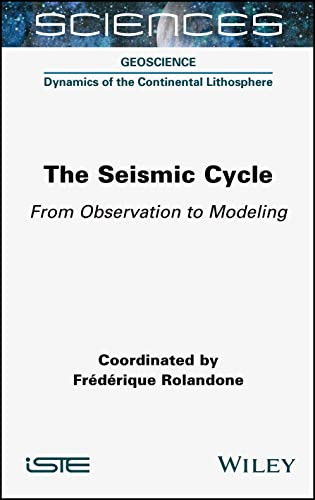

Most ebook files are in PDF format, so you can easily read them using various software such as Foxit Reader or directly on the Google Chrome browser.
Some ebook files are released by publishers in other formats such as .awz, .mobi, .epub, .fb2, etc. You may need to install specific software to read these formats on mobile/PC, such as Calibre.
Please read the tutorial at this link: https://ebookbell.com/faq
We offer FREE conversion to the popular formats you request; however, this may take some time. Therefore, right after payment, please email us, and we will try to provide the service as quickly as possible.
For some exceptional file formats or broken links (if any), please refrain from opening any disputes. Instead, email us first, and we will try to assist within a maximum of 6 hours.
EbookBell Team

4.4
52 reviewsThe study of the seismic cycle has many applications, from the study of faulting to the estimation of seismic hazards. It must be considered at different timescales, from that of an earthquake, the co-seismic phase (a few seconds), the post seismic phase (from months to dozens of years) and the inter-seismic phase (from dozens to hundreds of years), up to cumulative deformations due to several seismic cycles (from a few thousand to hundreds of thousands of years).
The Seismic Cycleuses many different tools to approach its subject matter, from short-term geodesic, such as GPS and InSAR, and seismological observations to long-term tectonic, geomorphological, morphotectonic observations, including those related to paleoseismology. Various modeling tools such as analog experiences, experimental approaches and mechanical modeling are also examined. Different tectonic contexts are considered when engaging with the seismic cycle, from continental strike-slip faults to subduction zones such as the Chilean, Mexican and Ecuadorian zones. The interactions between the seismic cycle and magmatism in rifts and interactions with erosion in mountain chains are also discussed.